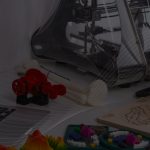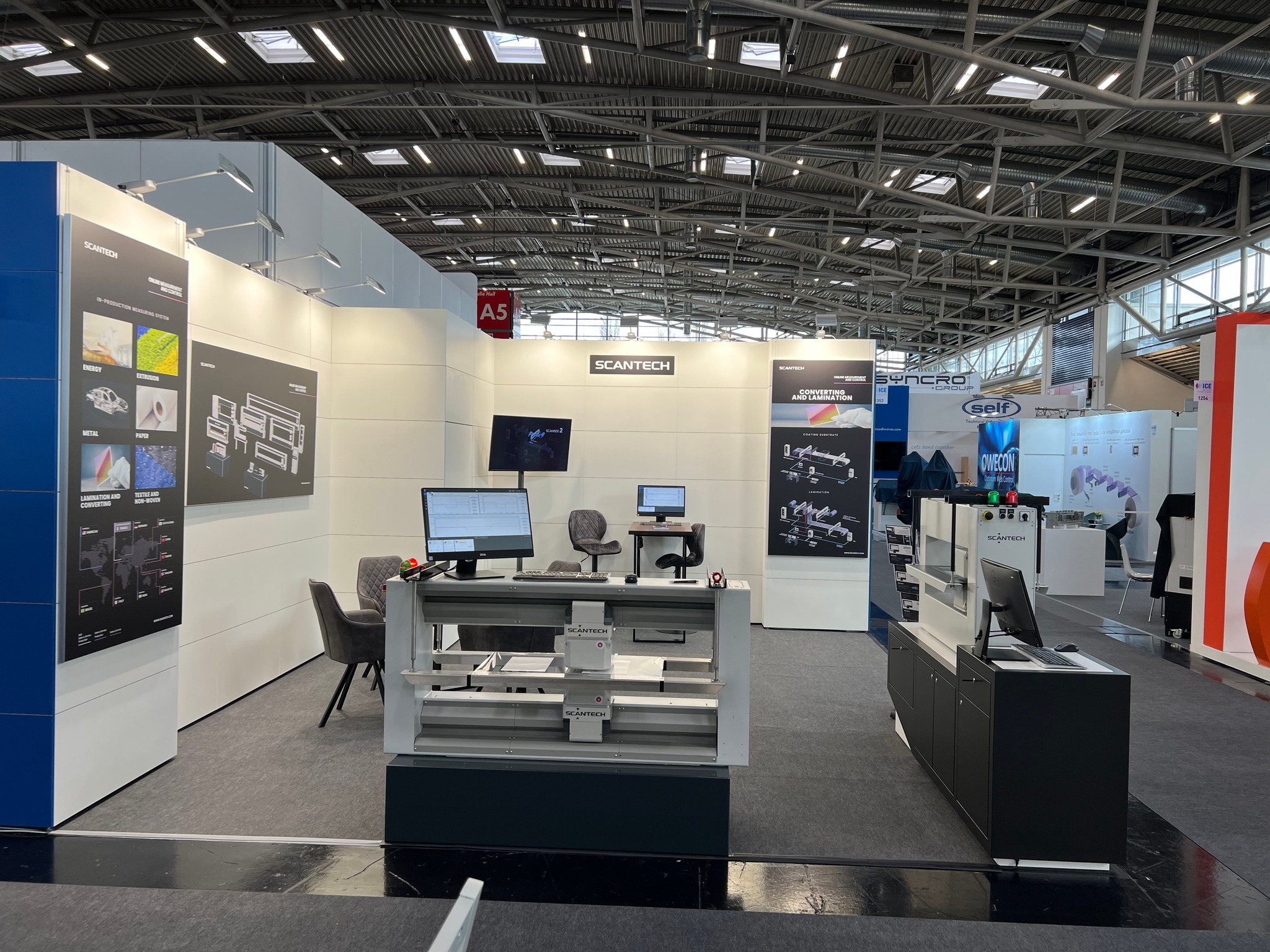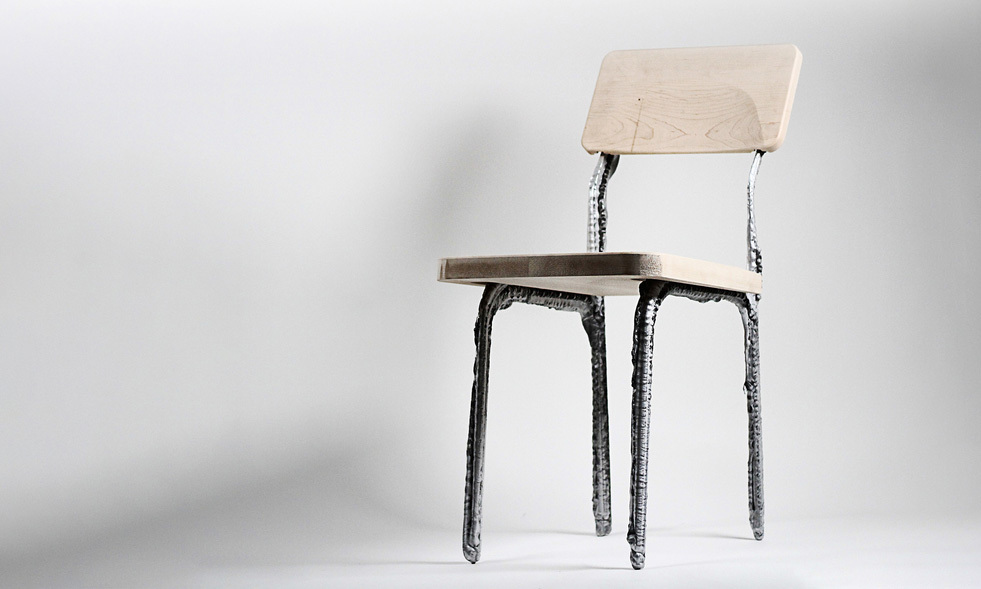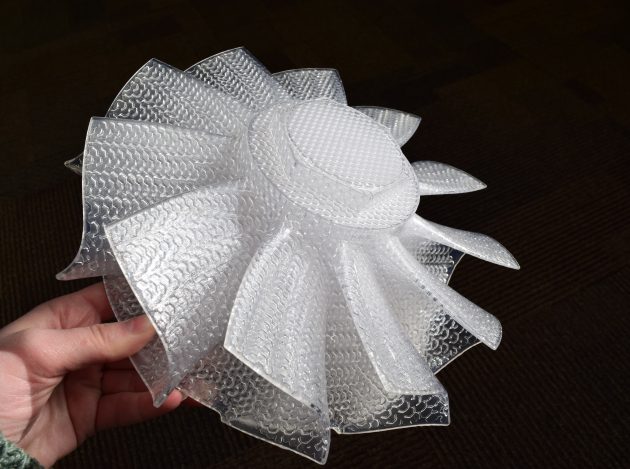The European Union’s Horizon 2020 project called SMall Innovative Launcher for Europe” (also known as Project SMILE) aims to design components to launch small satellites (about 150 kg) into solar orbit ( 500km). The Institute for Structure and Design of the German Aerospace Center (Deutsches Zentrum für Luft- und Raumfahrt , headquartered in Stuttgart, Germany, is one of 14 participating organizations and is responsible for its development; focusing on innovation Create and reuse systems, providing optimal cost-saving solutions.
| Markus Kuhn and Ilja Müller, Injector Head Project Managers, DLR said: “3D Systems’ Metal 3D printing technology combined with smart design solutions has helped us realize many ideas in a short time.” |
CHALLENGES
Due to the complex structure of the injector head component of the liquid oxygen engine, DLR collaborated with 3D Systems Customer Center (CIC) in Leuven (Belgium) to deliver 3D printing and design solutions Metal intended to meet DLR requirements.
3D Systems’ Leuven CIC is one of four centers worldwide dedicated to advancing advanced applications by providing customers access to the resources needed to develop, validate and commercialize products. their products.
SOLUTION
By choosing Coaxial Nozzle Metal 3D Printing (DMP), DLR sought to take advantage of some of the key benefits of 3D printing, including:
Reduced parts count with unibody design as well as Integration of key features such as cooling channels for better overall propulsion system performance.
Markus Kuhn and Ilja Müller, project managers of the nozzle head at DLR, said they had carefully researched the list of metal printing technology companies in the world and decided to choose 3D Systems (USA) as a partner based on its successes in providing metal 3D printing solutions for aerospace applications
“Based on the success of initiatives for aerospace, we see 3D printing technology from 3D Systems (USA) as perfectly suitable to provide solutions for the production of injector heads, bringing new capabilities for sensor integration and fuel and coolant delivery,” Kuhn said.

01. Optimize fuel injector design and reduce the number of parts
The rocket’s injector is the part that pushes fuel and oxidizer into the combustion chamber. This system, if optimized, will improve performance and better control the combustion process needed to move the missile.
ANALYSIS OF SOLUTIONS TO REPLACE TRADITIONAL PRODUCTION WITH METAL 3D PRINTING SOLUTION FOR ROCKET ENGINE INJECTOR SYSTEM:
Optimize product performance through new designs for fuel and coolant distribution;Easy implementation of 3D temperature and pressure sensing channels;
Eliminate intermediate manufacturing and assembly steps; Independently optimize thermal, mass and hydraulic performance without the constraints of traditional fabrication methods;
Avoid assembly failure points and improve quality with unibody design;
Reduced machining steps to create a highly integrated and multifunctional injector.
By using metal 3D printing, DLR was able to drastically change the design approach of coaxial injectors and minimize the number of parts, contributing to a significant reduction in production time and costs.
Reducing the number from 30 parts to 1 part has contributed to a 10% weight reduction. Eliminating components that frequently fail means reducing quality control measures. This helps improve the performance of the entire system.

 Thử nghiệm đầu kim phun in 3D kim loại của hãng 3D Systems (Mỹ) cho thấy hiệu quả trộn và đốt cháy tối ưu.
Thử nghiệm đầu kim phun in 3D kim loại của hãng 3D Systems (Mỹ) cho thấy hiệu quả trộn và đốt cháy tối ưu.Theo Koen Huybrechts – (Kỹ sư dự án): “Công nghệ in 3D kim loại là giải pháp duy nhất đáp ứng yêu cầu về hiệu suất và làm mát được tối ưu hóa. Đơn giản hóa sự phức tạp trong thiết kế của các kênh cảm biến, áp suất và nhiệt độ , lắp ráp và sản xuất với các quy trình nhất quán”.
02. 3D printing process Metal nozzle parts for rocket engines
Software: 3DXpert™ (3DXpert is an “all-in-one software”)Metal 3D Printer (DMP): ProX DMP 320
Printing material: LaserForm ® Ni718 (A) an Inconel alloy that resists oxidation and corrosion.
LaserForm Ni718(A) has tensile, fatigue, creep and fracture strengths at temperatures up to 700°C, and is therefore ideal for high temperature applications.
Post-print processing: Heat treated to completely remove support with electric discharge device (EDM).

03. Completely replace traditional production methods. Speed up the design cycle
With 3D Systems’ available Metal material options, DLR has accelerated its experimentation with designs that bypass traditional mold making methods.
This capability is critical to the DLR design cycle, as it faces the “Time” problem. So, after just a few weeks they were leading the way for phase one design and moving into testing at speed.
“The combination of the ProX DMP 320 and 3D Systems’ knowledge of designing for Metal 3D printing has made it possible for us to test more design options in a much shorter time,” said Kuhn and Müller. , say Kuhn and Müller.
Metal 3D printing allows DLR to apply a coaxial injection technique with a dual swirl injector element to optimize the oxidizer-fuel mixing of the injector tip.
Two different cooling solutions were implemented, each using small channels with a minimum feature size of 0.2 mm and a maximum length/diameter ratio of 45.
The design also incorporates film forming in the injector tip, allowing engineers to adjust the film flow rate directly at the injector.

| RESULT IMPROVE PERFORMANCE AND INCREASE PRODUCTION EFFICIENCY Optimized part features: 10% weight reduction Reduce 29/30 assembly parts: Speed up the design cycle and minimize production costs SUCCESS OF OTHER PROJECTS IN THE FIELD OF HKVT USING THE 3D METAL PRINTING METHOD (DMP) OF 3D SYSTEMS 3D Metal Printing (DMP) solutions have created important changes in the field of Aviation and Space because of the great benefits they bring, including: Lose weight. Energy saving. Greater operational efficiency, component consolidation, increased time to market and reduced maintenance costs for components. Recent projects that have demonstrated the effectiveness of 3D Systems’ 3D Metal Printing (DMP) technology in the aerospace sector include: The first 3D printed radio frequency (RF) filter has been tested and validated for use in commercial telecommunications satellites. Airbus Defense and Space’s new filter reduces weight by 50% compared to previous designs. The titanium stand is 25% lighter and has a better stiffness-to-weight ratio than traditionally manufactured stands, introduced through a collaboration between Thales Alenia Space and 3D Systems. Engine parts created by the European Space Agency (ESA) and 3D Systems in a project that saves weight, simplifies assembly, speeds production and allows stage design adaptation The last part is easier. Airframe topology with optimization reduces weight by 70% while satisfying all functional requirements and meeting GE Aircraft’s challenges. These requirements are implemented by the project “SMall Innovative Launcher for Europe” coordinated by NLR, which has received funding from the European Union’s ‘Horizon 2020 Research and Innovation Programme’ under a funding agreement number 687242. |
TIN TỨC KHÁC













